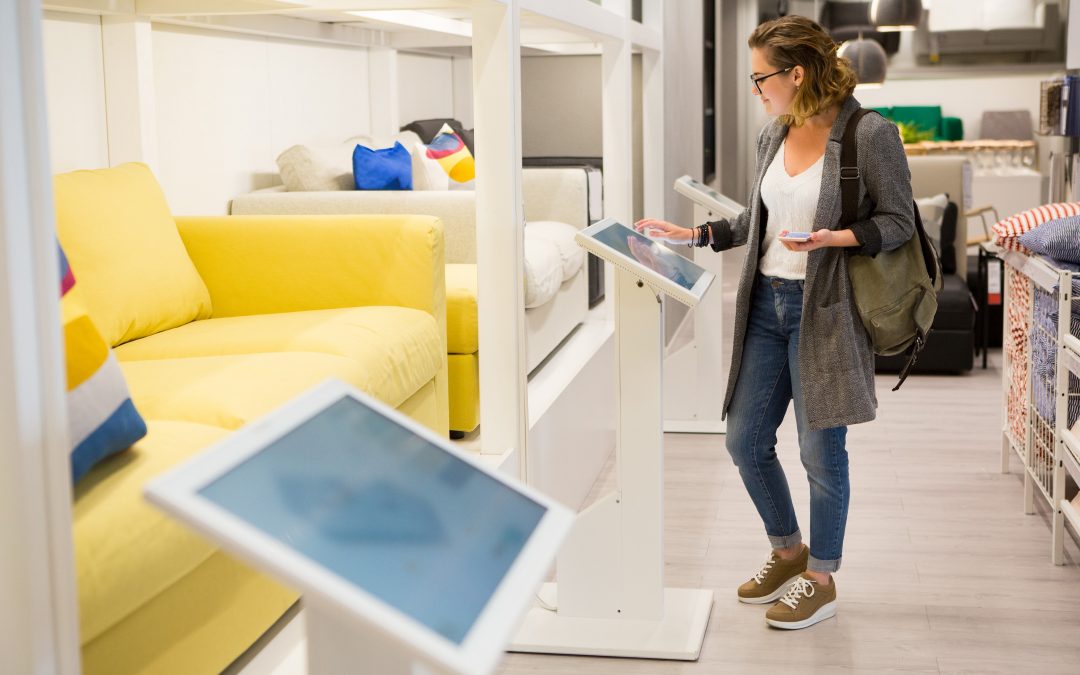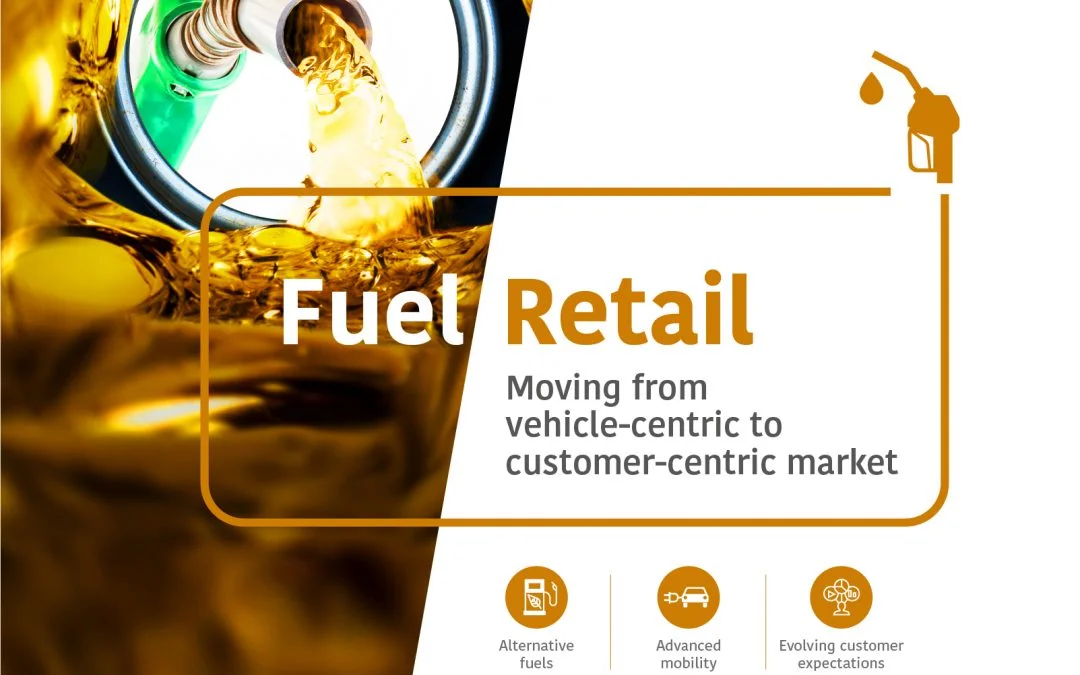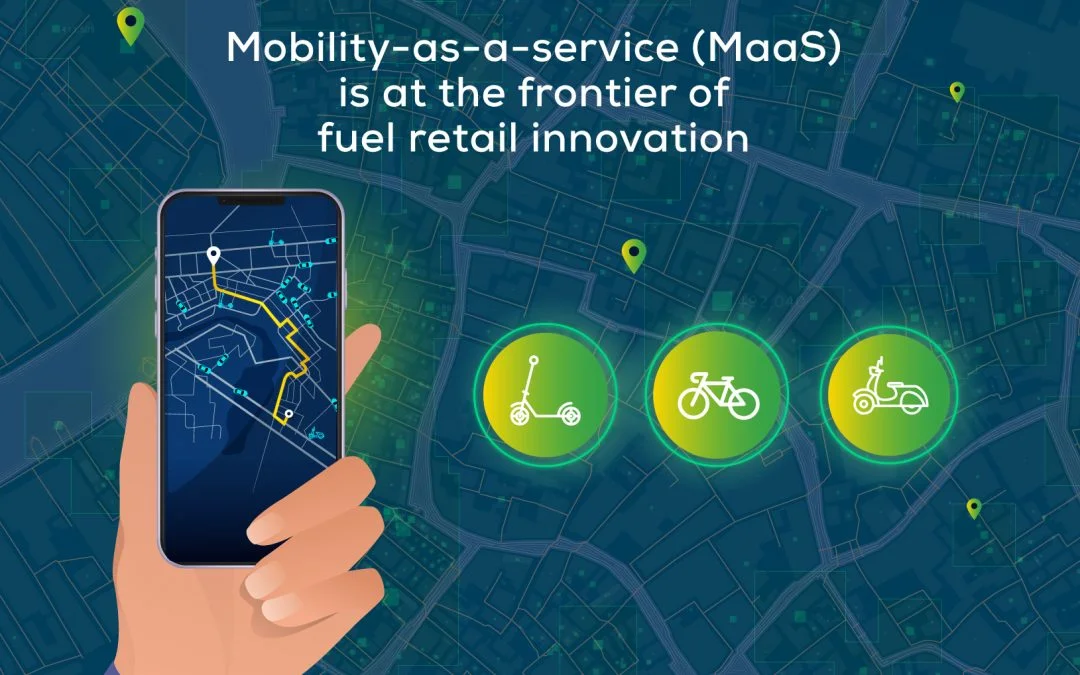- Design industry shaping loyalty programs
- Integrate easily and go live quicker
- Deliver hyper-personalized consumer experiences
Blue Rewards from Al Futtaim Group Shares Loyalty Success Stories and Evolution. Watch Podcast >
Capillary Announces 2nd Annual Captivate 2025 Summit: Transforming Loyalty Management with New AI Tech Read more >

The traditional way of ‘stock up and wait for a sale’ has already spelt the doom for thousands of brick and mortar retailers across the globe. However, the retail apocalypse has somehow propagated the false notion that consumers have all of a sudden stopped shopping from retail stores and malls.
On the contrary, 61% of consumers would rather shop with brands with a physical store than with pure-play ecommerce brands, according to Google. Also, nearly 80% of shoppers go in-store when there is an item they need or want immediately.
The likely hypothesis for this disconnected demand and supply trend is that customers are visiting the stores but leaving without making a purchase. How can retailers fix this?
A good north star would be to analyse brands like Nordstrom, Walmart, and Ulta who were not only unaffected by the doom and despair but in fact, thriving in this turbulent retail landscape. They achieved this reimagining their retail experience through a combination of experiential shopping, new-age technologies like VR and AR and loyalty program restructuring.
While the implementations and solutions might have been different, the common thread that ties these brands together is the fact that they no longer treat customers as a one-dimensional, passive participant who wants to mindlessly scour aisles of inventory.
Instead, they rely on a deeper understanding of customers to anticipate their needs and create hyper-personalised micro-moments throughout the purchase journey.
Over the last few years, customer experience has deftly evolved from a ‘good-too-have’ to ‘critical-and-indispensable’ for retail brands. According to Garnter, over 80% of organizations expect to compete mainly based on CX in 2019. The likely reason for this sudden obsession with CX is most likely a commodified market, where the lines between competing brands and products get increasingly blurred. Therefore, the only way your brand can stand out is through stellar experiences. And your customer engagement strategy forms the crux of your overall Customer Experience.
According to Qualtrics, brands that lead in CX, outperform laggards on the S&P 500 index by nearly 80%. Moreover, these brands enjoy a higher wallet share, repeat purchases and positive word of mouth.
From a brand perspective, combining customer data and analytics with friendly, face-to-face staff interaction reveals a whole universe of opportunities for maximizing Average Order Value (AOV), brand loyalty and repeat sales. From a customer perspective, a personalized interaction flips the experience from that of a purely transactional one to one that is emotionally-fulfilling and memorable.
While online customer engagement strategies have been debated and discussed to death, not much attention has gone the other way – the In-store engagement. So here are the major ways you can overhaul/enhance your in-store engagement:
These days, most retailers offer some kind of promotional voucher that goes: get a discount voucher for transaction value above X amount. Unsurprisingly, these types of generic and one-size-fits-all promotions rarely get any traction. Instead, what if you could analyze and connect the dots between the customer’s in-store behaviour, previous purchases, and online browsing patterns to generate a dynamic voucher that’s personalized for them, right before checkout. The rate of redemption drastically increases simply because you are offering them something exclusive and value-driven.
A personable and friendly staff interaction can definitely improve customer experience but it might not go a long way in increasing store sales. Today’s connected customer like it when retailers are going beyond the usual ‘hellos’ and ‘have a great days’ and start paying personalized attention to them and their shopping habits. It can be as simple as reminding them that their anniversary is coming up next week or remembering their preference for slim fit trousers. Technology can play a key role in powering these personalized interactions by offering employees in-depth customer information like demographics, past purchases, online and in-store browsing behaviour, special occasions, etc. Advanced retail analytics can even empower store staff to offer predictive recommendations by comparing purchase patterns across customers of similar personas.
‘We don’t have that in stock’ is a much-dreaded phrase in retail circles and for a good reason: it has a collective negative impact on sales, customer loyalty, and customer experience. While preventing stock-outs seem like a fairly simple task to the outside world, you as a retailer, understand the precarious and delicate balancing nature of ‘having enough stock’ and ‘over-stocking’. Fortunately, armed with the right technology you can now know precisely when to stock up and even better – offer customers the option of buying exactly what they are looking for even when you don’t have it in stock at the store.
Here are some of the ways you can reduce stock-outs :
Regardless of which engagement solution you choose to implement, personalization should form the crux of your in-store engagement strategy. Imagine it as a layer that permeates across all in-store customer interactions, right from greeting, to product recommendations, to after-sales interactions.
Implementing an in-store personalization strategy essentially involves three steps
As emerging technologies like ML and AI mature, they will add a new dimension and depth to retail personalization by offering powerful capabilities like voice, facial and sentiment analysis to gauge emotional states and predict behavioural patterns of customers.
1.What are the best practices for in-store engagement in the USA?
Best practices for in-store engagement in the USA include personalized customer interactions, using technology like mobile apps and kiosks, and providing exclusive in-store experiences to enhance customer satisfaction.
2.How can retailers in Canada improve in-store engagement?
Retailers in Canada can improve in-store engagement by training staff for personalized customer service, leveraging technology for interactive experiences, and offering exclusive in-store promotions.
3.What strategies enhance in-store engagement in Europe?
Strategies to enhance in-store engagement in Europe include personalized customer service, integrating technology for interactive experiences, and creating a welcoming store environment to boost customer satisfaction.
4.Why is in-store engagement important for retailers in the UAE?
In-store engagement is important for retailers in the UAE to build strong customer relationships, enhance brand loyalty, and drive sales by providing personalized and memorable shopping experiences.
5.How can businesses in Australia implement best practices for in-store engagement?
Businesses in Australia can implement best practices for in-store engagement by offering personalized customer service, using technology for interactive experiences, and providing exclusive in-store promotions to boost satisfaction.

November 12, 2021 | 4 Min Read
The challenging dynamics created by COVID-19, has destabiliz

March 22, 2017 | 4 Min Read
In a turn to acknowledge the true makers of the retail indus

February 4, 2025 | 4 Min Read
Fuel retail is evolving, with Mobility-as-a-Service (MaaS) r